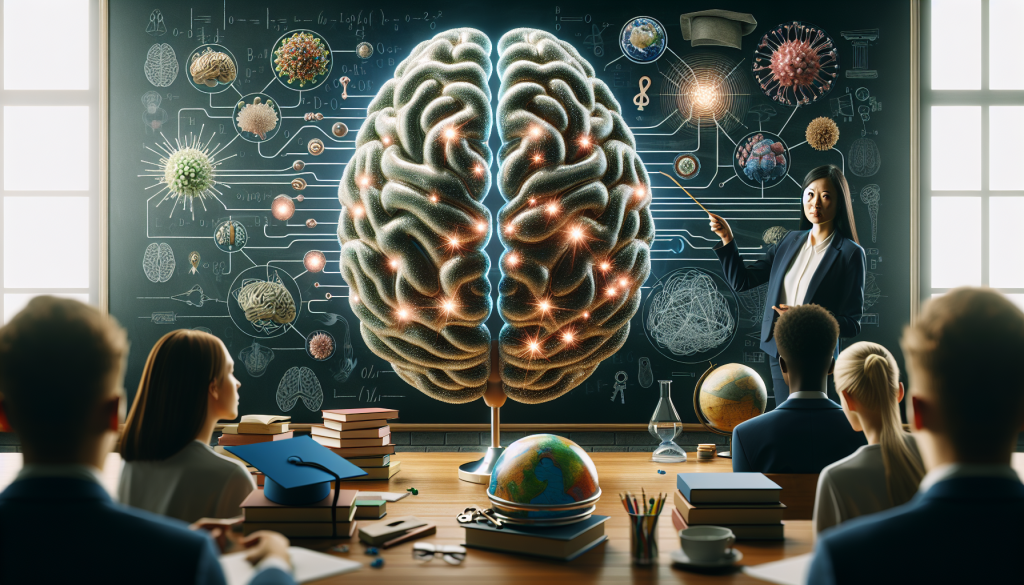
Neuroscience and Education: Unlocking the Secrets of Effective Learning
The field of education has always been a complex and constantly evolving one. Over the years, various theories and strategies have been developed and implemented in an effort to enhance the learning experience of students. However, with advancements in the field of neuroscience, we are now discovering that the secrets to effective learning may lie within the complexities of the human brain. In this article, we will delve into the fascinating world of neuroscience and its role in unlocking the secrets of effective learning.
The Brain and Learning
Before delving into the connection between neuroscience and education, it is important to understand the fundamental role that the brain plays in the learning process. Every thought, emotion, and action is controlled by our brain, making it a central organ for learning. In fact, research has shown that the brain is constantly adapting and changing based on our experiences and the information we are exposed to.
What is Neuroscience?
Neuroscience is the study of the nervous system, which includes the brain, spinal cord, and nerves. It is an interdisciplinary field that combines principles from biology, psychology, and other sciences to understand how the brain functions. Thanks to advancements in technology, neuroscientists are now able to study the brain at a much deeper level, providing valuable insights into how it processes and stores information.
The Link between Neuroscience and Education
Traditionally, education has been based on a one-size-fits-all approach, with teachers using the same teaching methods for all students. However, research has shown that each individual has a unique brain with different ways of processing and retaining information. Neuroscience helps us understand these individual differences and allows us to tailor teaching methods according to each student’s learning style.
Additionally, neuroscience has also shed light on the importance of creating a positive and stimulating learning environment. Studies have shown that the brain responds better to a positive and engaging setting, leading to improved learning outcomes. Teachers can use this knowledge to incorporate activities and techniques that promote active learning and critical thinking, rather than just relying on traditional methods of rote memorization.
Applying Neuroscience in the Classroom
Neuroscience has provided valuable insights into how the brain learns, and educators can use this knowledge to enhance the learning experience in classrooms. By understanding the brain’s functioning and individual differences, teachers can design lessons that better cater to the needs of their students. Additionally, incorporating brain breaks and movement into the daily routine can also help improve focus and retention.
Furthermore, the use of technology in education has also been greatly influenced by neuroscience. With the development of educational apps and programs that stimulate various parts of the brain, students can engage in interactive and personalized learning experiences, leading to better retention and understanding of concepts.
In Conclusion
Neuroscience has provided us with a deeper understanding of how the brain processes information and adapts to learning. By incorporating this knowledge into education, we can unlock the secrets of effective learning and pave the way for a more personalized and engaging learning experience. As we continue to unravel the complexities of the brain, the possibilities for enhancing education are endless.
So the next time you step into a classroom, remember that the key to unlocking the secrets of effective learning may be hidden within the fascinating world of neuroscience.
